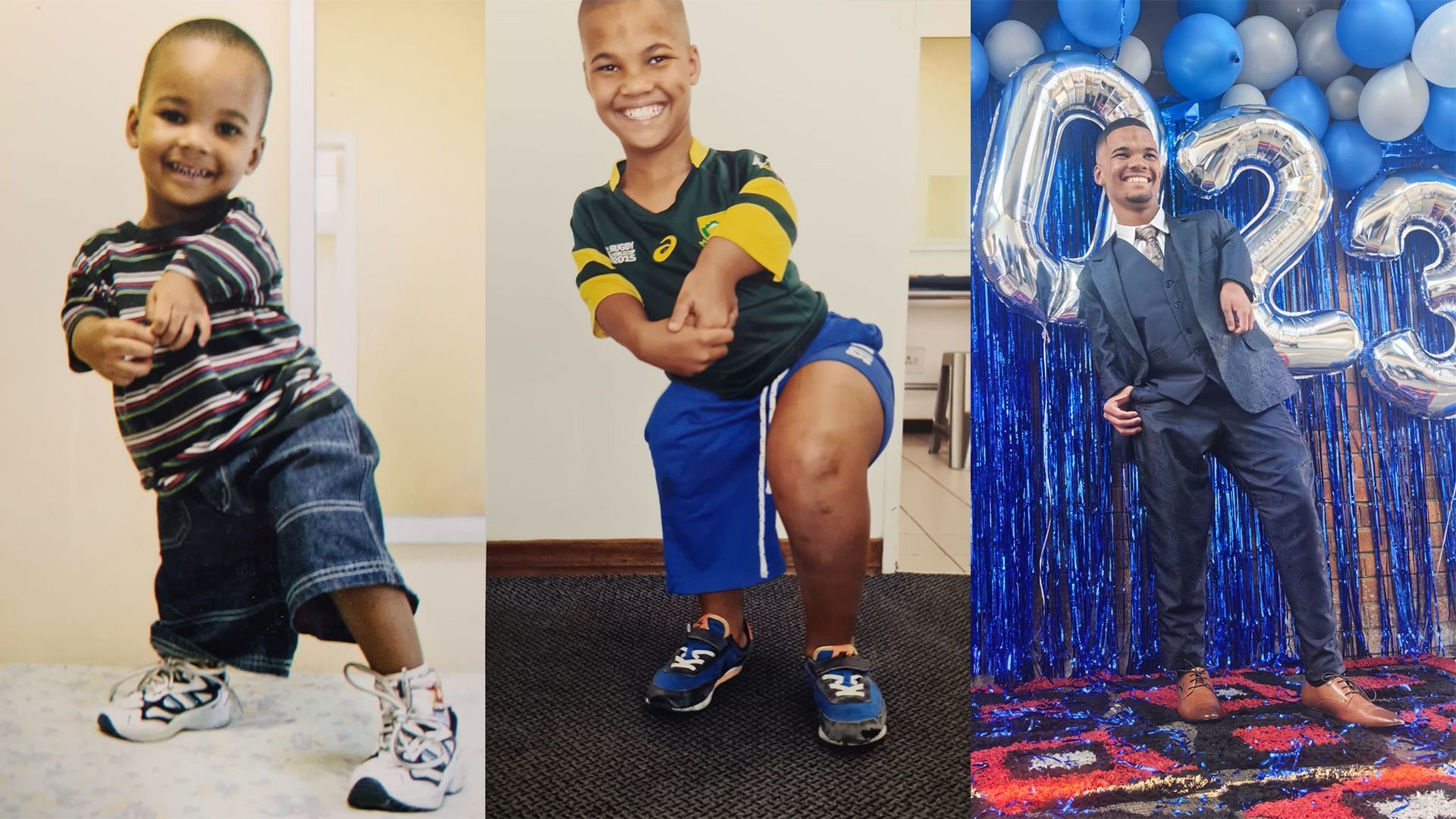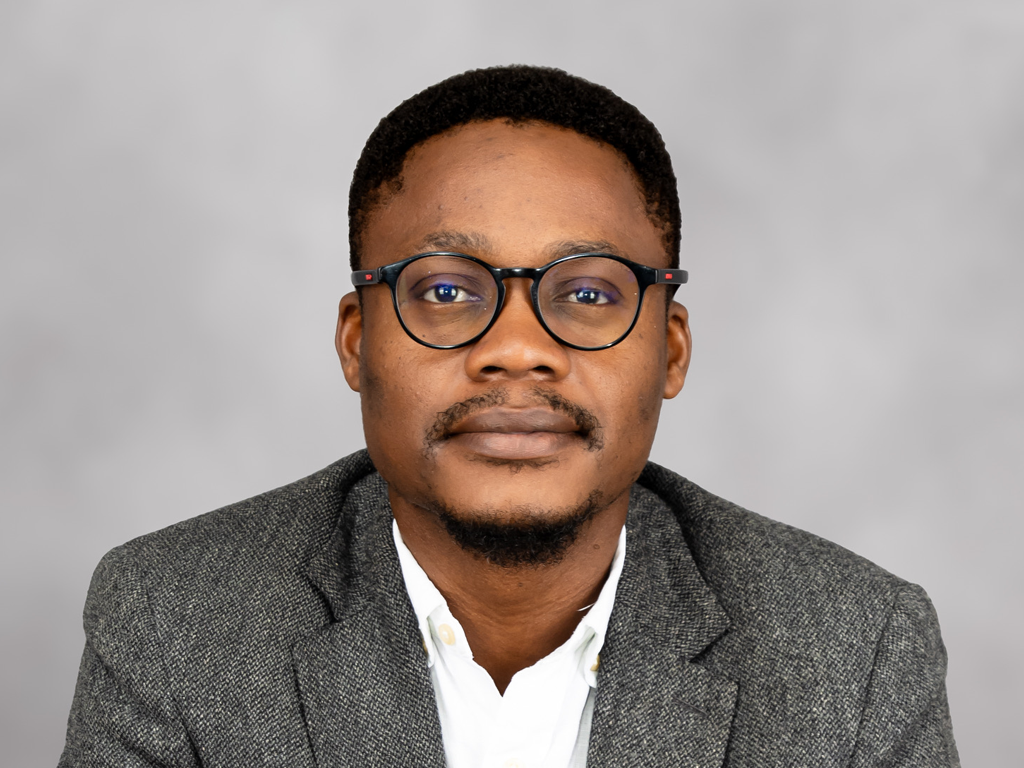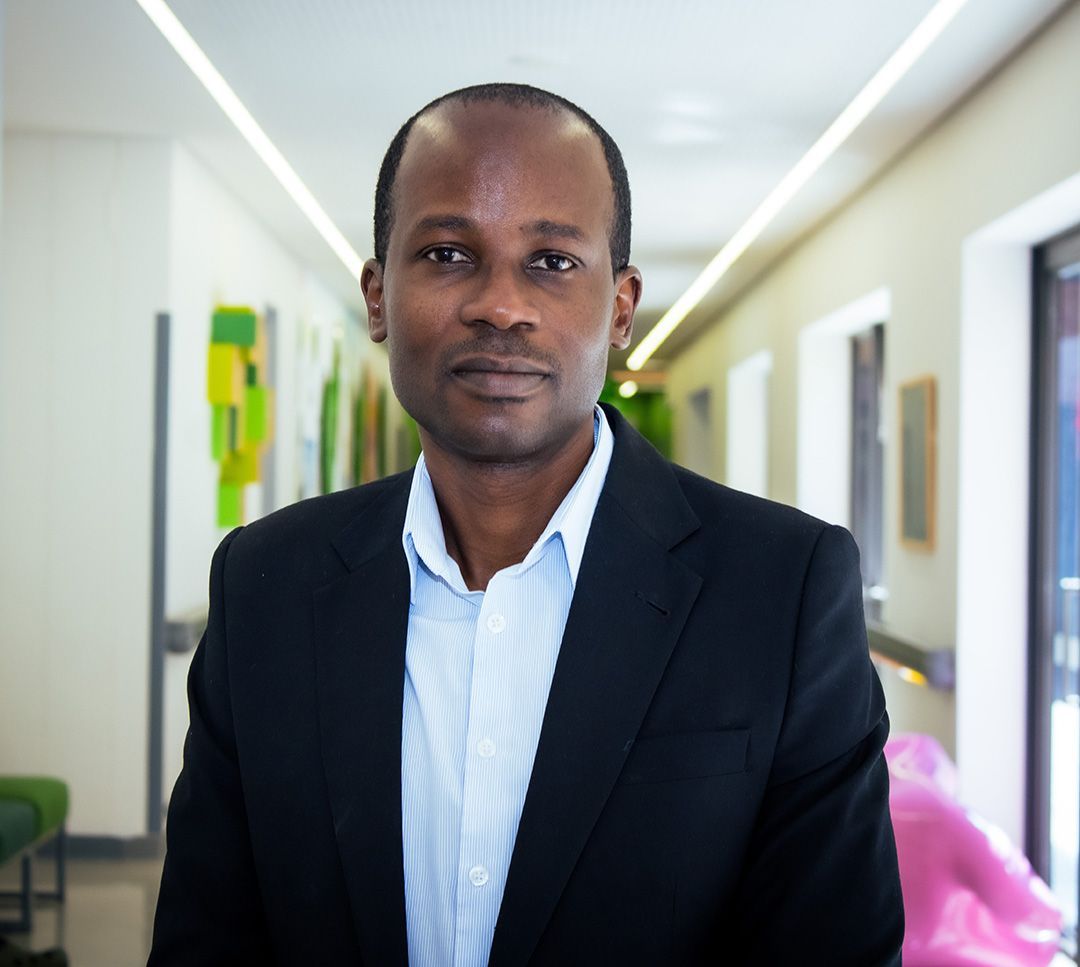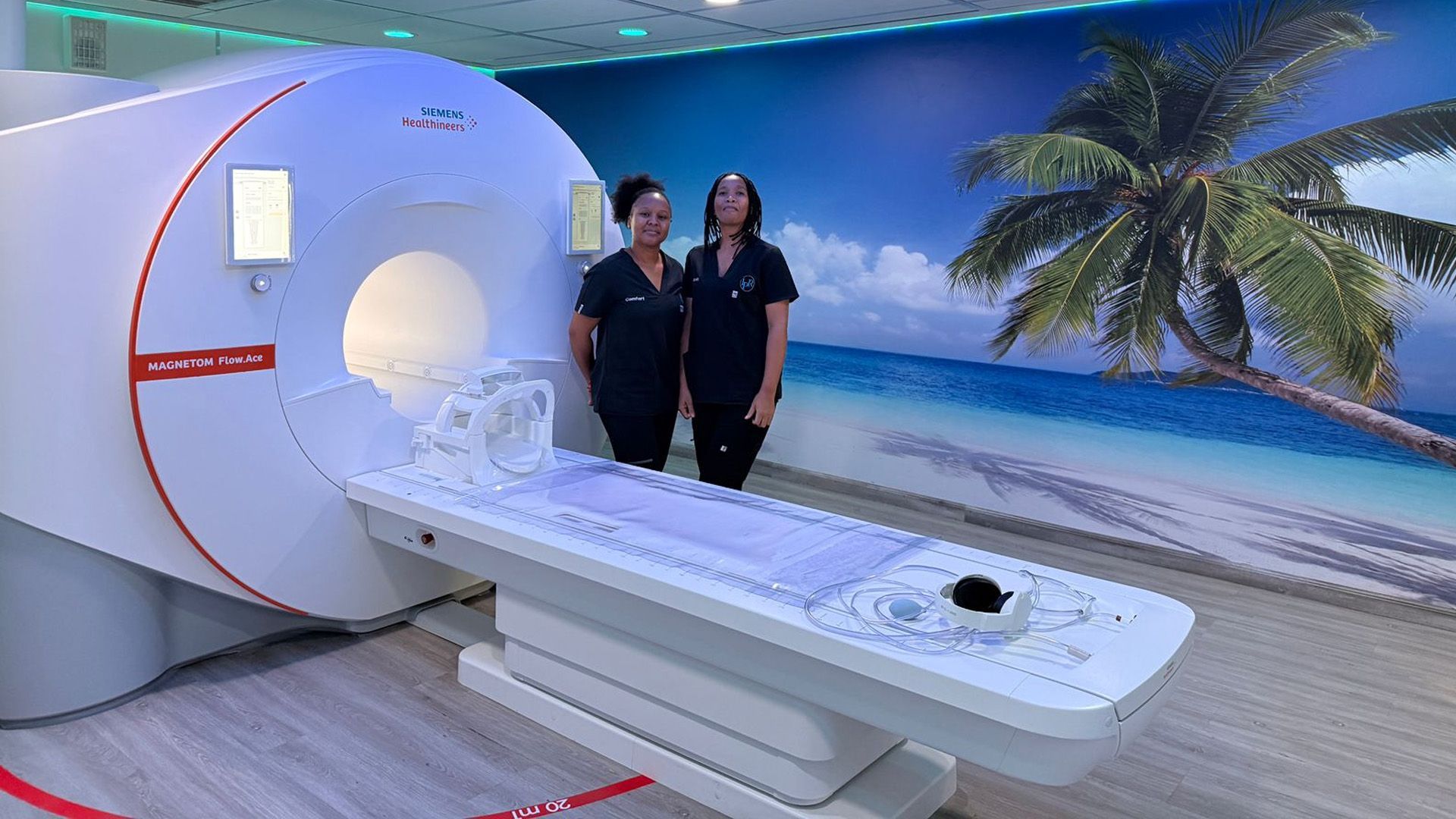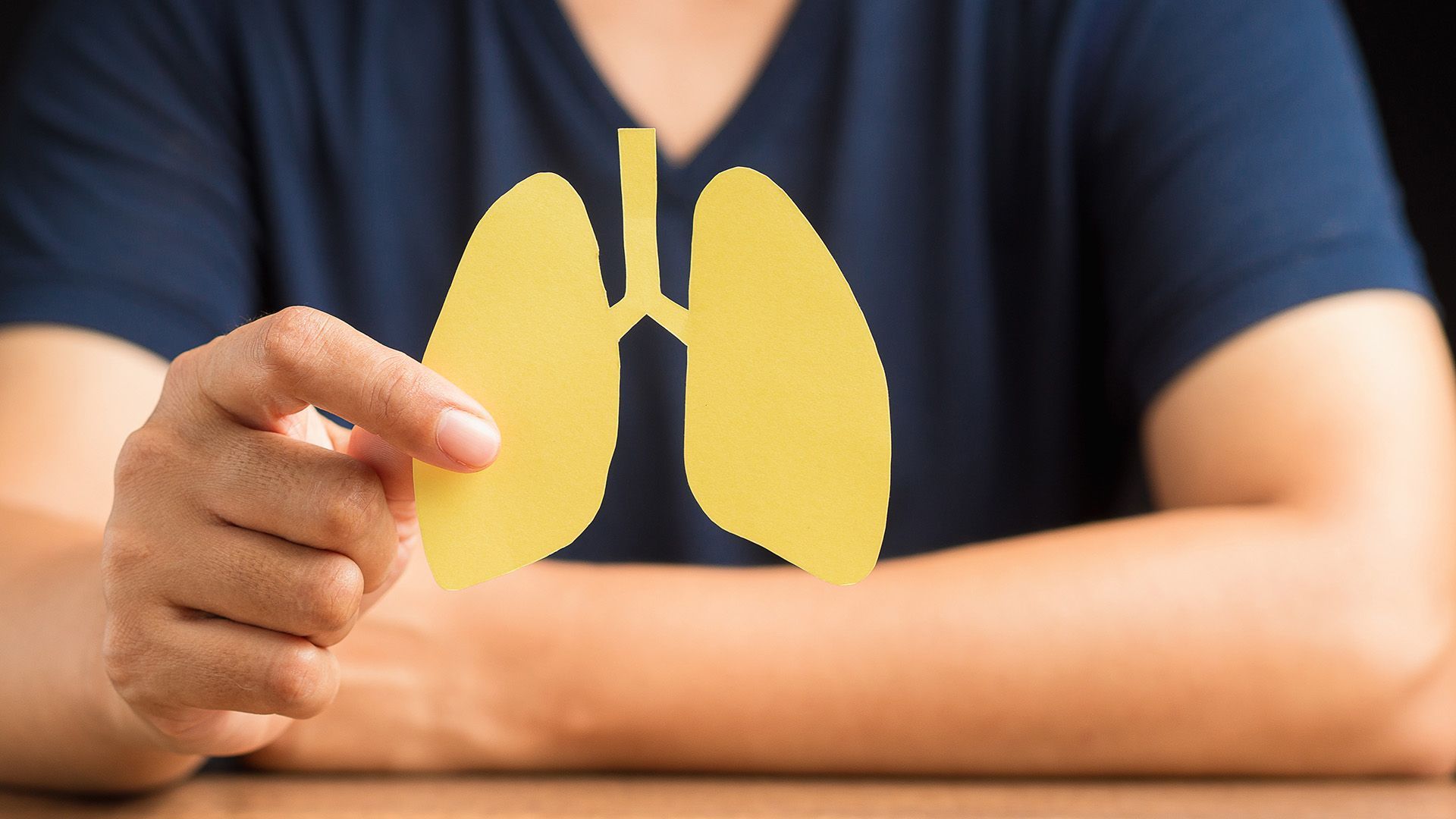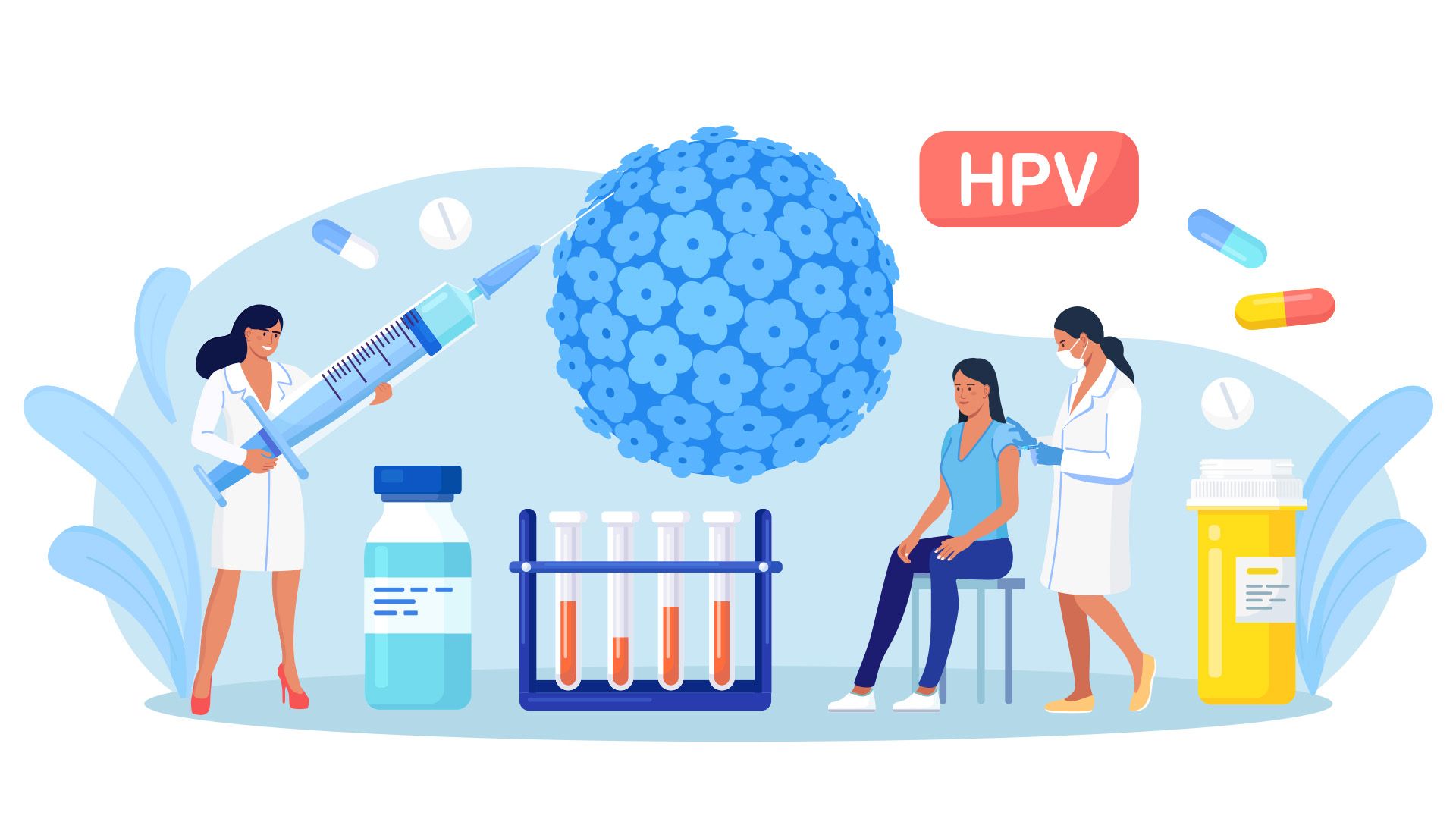One-of-a-kind Keenan is walking tall
Keenan Petersen has never let being born with multiple deformities hold him back from anything. A lifelong friendship with orthopaedic surgeon Dr Sietse Wouters and several procedures at Netcare Garden City Hospital have enabled Keenan to walk upright. He recently attended his matric dance in style.
Knee becomes hip joint in orthopod’s quest to improve mobility
A young man with enormous tenacity and a luminous smile who was born with several bones in his limbs shortened, fused or absent is walking comfortably at last, thanks to the lifelong dedicated care and support of his mother and an innovative orthopaedic surgeon.
“I first met Keenan Petersen when he was only 15 days old, and it is wonderful to see the bright, well-adjusted and optimistic person he is today at 18 years old,” says Dr Sietse Wouters, a Dutch-born orthopaedic surgeon who has practised at Netcare Garden City Hospital since 2000.
A genetic abnormality led to Keenan being born with shortened arms, no hip joint and no femur in his right leg, which as he grew, resulted in this leg being considerably shorter than his left leg. In 2005, when Keenan was only a year old, Dr Wouters performed the first in a series of operations to develop Keenan’s capacity for mobility.
“When Keenan was born, the doctors told me he probably wouldn’t be able to walk, and so we did not try and teach him to walk – but Keenan soon figured out his own way of getting around by shuffling along on his bum,” his mother, Rowena Cohen says.
Keenan, who is now in matric with ambitions to pursue tertiary studies in Information Technology, says that from a young age, he has had to figure out his own method of doing things. “I see myself as differently-abled, and I never let it hold me back from anything. I find my own way, and this has become part of my approach to life,” Keenan says.
“In 2016, Keenan and his mother came back to see me because he was having back pain. He was growing up and developing physically, mentally and emotionally and was suffering from positional scoliosis, which is an abnormal side curvature of the spine,” Dr Wouters explains.
He had developed a way of walking with the left knee steeply bent to 110 degrees, to accommodate the straight but too short right leg. The resulting pelvic tilt and awkward gait affected his back badly.
“Keenan’s case was unique, very few doctors had seen something quite like this in South Africa. I did a lot of painstaking research and consulted highly experienced international colleagues before we decided on the most feasible approach to surgery.”
In a 7-hour procedure at Netcare Garden City Hospital, where Keenan was born, Dr Wouters and the medical team did a Steel’s Ilio-femoral fusion in which Keenan’s right knee was fused into the pelvis, which allowed his knee to function as his hip.
“Now that he had a ‘hip’ and could bear weight on the right side, we were closer to establishing a stable leg for him, but it was still 27cm shorter than the left leg. The next challenge was that Keenan’s normal right foot could not accommodate a prosthetic leg.
Dr Wouters explained to Keenan and his mother that amputating the foot on Keenan’s affected leg would finally allow him to use a prosthesis to walk upright, relieving the pressure on his spine when walking.
“For each procedure he suggested, Dr Wouters would explain the benefits, ask for Keenan’s input and give us time to think it over. The amputation was a big decision, but when we could see what Dr Wouters had in mind, we decided it was the best option,” Rowena says.
Dr Wouters performed a procedure known as a Syme amputation, whereby the foot was removed, and Keenan’s heel was stabilised in line with his hip to create a cushioned stump that would more comfortably fit a prosthesis.
“It was a hard decision, but it was worthwhile in the end. The journey with my surgeries was a scary experience, I would get nervous and feel sad sometimes. None of this would have been possible without Dr Wouters, and I cannot thank him enough,” says Keenan, who recently attended his matric dance at the Hope School in Westcliffe.
“Dr Wouters has been our guardian angel through all this, he’s shown a father’s care for Keenan. Although it was a tough road, the operations have greatly improved Keenan’s posture and mobility. We are so grateful to him and all the doctors, nurses and staff at Netcare Garden City Hospital who were there for us over the years,” Rowena adds.
“Keenan has grown into an exceptional young man, and he and his mother have shown such strength throughout. It is such an honour for me to have their trust, which has allowed us to achieve a good outcome for Keenan. South African private healthcare enables specialists to work with patients sometimes over many years to achieve a better quality of life in highly complex cases such as Keenan’s,” Dr Wouters concludes.

